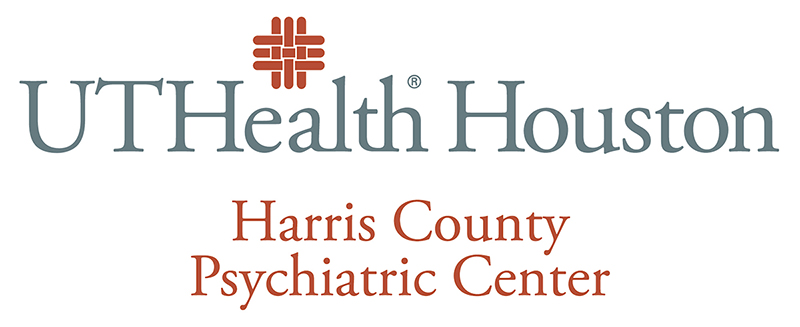UTHealth Houston Harris County Psychiatric Center
Phobias
Types of Phobias • Signs & Symptoms • Treatments
Fear is a natural reaction to danger. But when your fears are so great that they disrupt your daily life, you probably suffer from a phobia. Phobias can cause overwhelming fear of animals, objects or social situations, or the complete inability to deal with a given situation, for no apparent reason. Sometimes phobias can cause fear so intense it totally disables its victims.
Phobias are among the most common of all mental illnesses, and they are usually the most successfully treated.
Phobias are divided into categories according to the cause of the reaction and avoidance.
Agoraphobia
Agoraphobia is the fear of being in situations in which a person cannot get help or escape. Often this involves a fear of crossing or being in open or public places, particularly if they tend to be crowded. Some examples include stores, churches, elevators or just a busy street.
People with agoraphobia usually avoid the situations they fear, sometimes to the extent that they do not leave their own house except when accompanied by a family member or friend, if they leave at all. This disorder can be highly detrimental to normal day-to-day activities.
Social Phobia
Social phobias cause people to dread being watched or humiliated while doing something of a social nature. But it's much more than "butterflies" in the stomach or simple tension. Social phobias are irrational fears, and people with the disorder usually avoid the situations they fear.
The most common social phobia is the fear of being in front of people, as in a speech or performance. But sometimes the most normal or routine activities - eating a meal, writing a check, even sexual relations - can be a source of fear. Generally, agoraphobics fear and usually try to avoid situations of interpersonal interactions. Like other anxiety disorders, agoraphobia can be highly disabling.
Specific Phobia
Specific phobias typically are fears of particular objects or situations. The most common simple phobia is the fear of animals, like dogs, snakes, mice and insects. Other common specific phobias are fears of heights, fears of flying and fears of enclosed spaces.
Most specific phobias develop at childhood but eventually go away on their own, like a fear of the dark. If a phobia continues into adulthood, treatment is usually the only solution. Like other phobias, specific phobias can keep people from normal lives. But the level of disability is usually determined by how often the object of the phobia appears in a victim's life.
People who suffer from phobias may display one or more of the following symptoms:
- Unrealistic or excessive worry, dread or terror involving an object or situation that is otherwise harmless
- A complete and uncontrollable preoccupation with the fear and the object of the fear
- Typical physical reactions to fear: racing heartbeat, sweating, shortness of breath, shaking
- An overwhelming urge to flee the situation
People with phobias are usually aware that their fears are unwarranted, but they generally will flee from and go to great lengths to avoid the object of their fears. When these behaviors interfere with daily life, the person should seek treatment.
Behavioral therapies are the most effective and among the most widely used in treating phobias, particularly specific phobias. They focus on changing specific actions and use several techniques to stop negative behavior. One technique - exposure therapy - involves exposing the patient to the feared object or situation on either a gradual or direct basis, depending on the therapy. By confronting the objects of fear, patients become desensitized to them, and the phobic reactions are reduced or eliminated.
In treating social phobia and agoraphobia, physicians may use cognitive-behavioral therapy. In addition to confronting their fears, patients learn to understand how their thinking patterns contribute to their symptoms and how to change their thoughts to reduce or prevent the symptoms.
Medications are typically part of treatments for social phobia and agoraphobia. Anti anxiety medications can reduce panic or anxiety in patients, allowing them to confront their phobic situations.
Most patients respond well to treatment, and the success rates among those who receive treatment are usually very high, allowing patients to return to productive, fulfilling lives.


